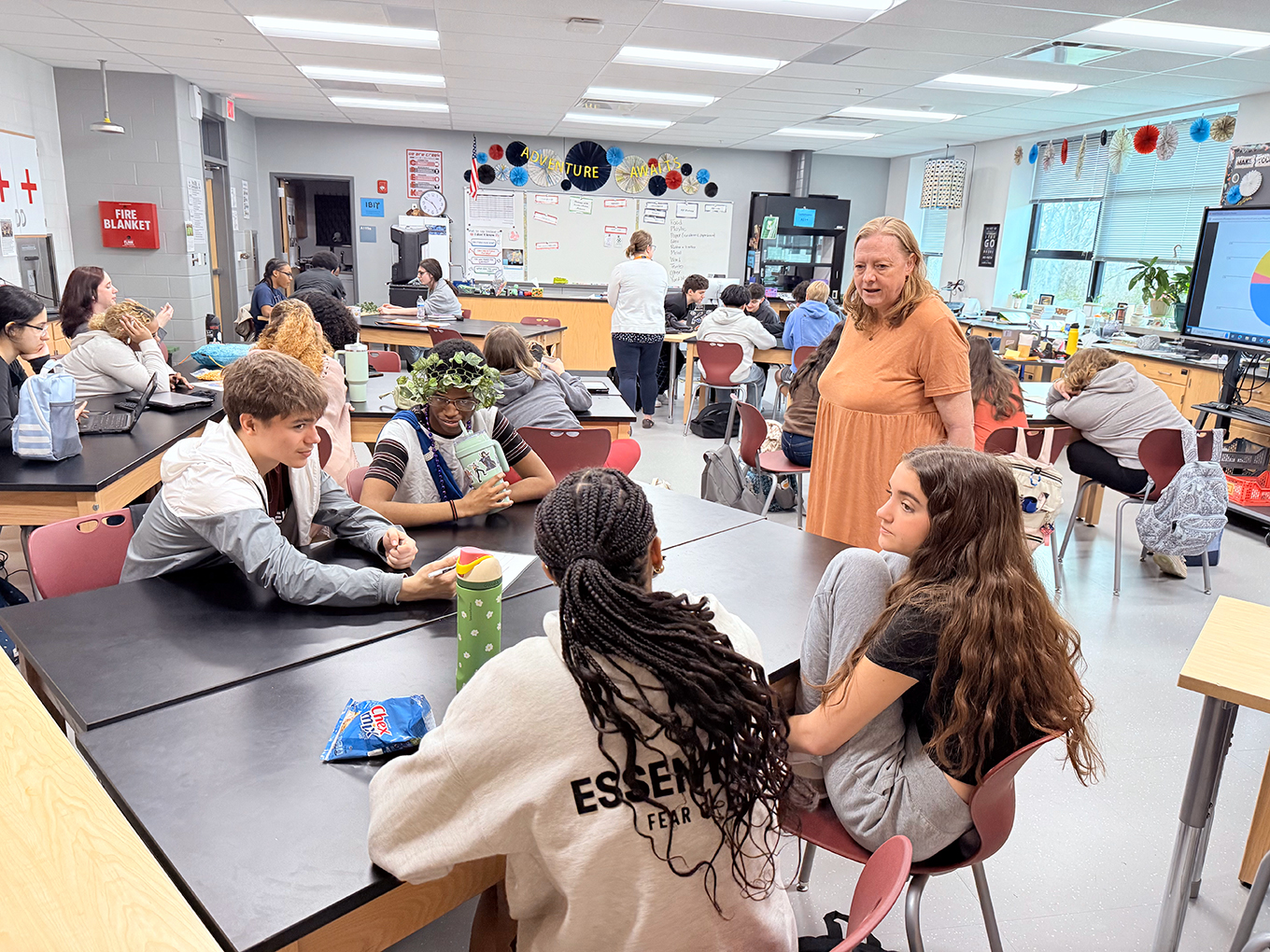
David Cook
In 2018, I had the good fortune of hearing a young man named Jemar Lee speak at the annual symposium of what is now called the Aurora Institute. At the time, Jemar was a student at Iowa Big, a leading learner-centered high school. Today, Jemar is a fellow with Education Reimagined, a national leader in learner-centered education and someone I’m proud to call friend.
At the symposium Jemar made the following statement:
“After many years of struggling academically, I made the decision to change schools in high school. That decision changed my life. I went to a new school that focused on being learner centered. I was able to discover what my strengths were and that I could be successful. I went from asking the question: ‘Am I smart?’ to asking the question: ‘How am I smart?’”
There is a problem that Jemar and Iowa Big and all our public schools and school districts face: Our education systems (both locally and nationally) aren’t designed to measure “How am I smart?” Our systems measure “AM I smart?” and use a one-size-fits-all measurement model. Their sole purpose is to measure how well the system is doing, not the individual learner.
That is the opposite of what is best for learners. Our system of education takes every learner – with their unique strengths, interests, life histories, cultures and dispositions – and treat them like widgets by assessing them at the same time, over the same content and with a single type of assessment. Then those systems take the results and lump all learners into pre-determined groups to qualify whether those groups of learners have or have not met “success.”
Some say this system is broken and we simply need to fix the parts that need fixing. The current system, which The Committee of Ten recommended in 1894, isn’t broken at all. It’s doing exactly what it was intended to do – provide a system to “sort” learners into different types of commodities.
Their recommendations were in response to a nation in educational disarray with a multitude of different systems across the country and no way to ensure all children were receiving a quality education. It was a noble cause. The Committee of Ten recommended a standardized set of curricula, curriculum sequence and assessment. Quite logical given their circumstances. Remember at that time there were only three pathways: college, skilled labor and unskilled labor.
The consequence? Children became sorted into these groups because the standardized nature of the system measured “Am I college smart? Smart enough for some jobs? or Maybe smart enough for what’s left?”
It’s 2021 and I hope you will agree that children can’t and shouldn’t be sorted in a way that reduces them to widgets used to fit into a great cog. Their futures can’t be predetermined within a limited number of pathways and the whole of their futures can’t be predicted by a standardized, prescriptive assessment.
So, is the current system broken? It’s doing exactly what it was designed to do 127 years ago. The issue is the needs of learners today are different than in 1894 and what we value is different. It’s not a broken system, it’s simply an outdated one.
New thinking starts now. We need to address genuine equity that supports each learner to live into their uniqueness. Too often we stop short by simply addressing equity as differences in test scores rather than the need to provide each learner access to all learning opportunities and customized supports that allow them to be successful. If learners are unique, then their support must be unique. Giving all learners access to the same supports is equality not equity.
It’s time to design high-functioning equitable learning ecosystems that embrace our learners instead of spitting out “graduates.”
A genuine equitable learning ecosystem will help every learner know the answer to the question, “How am I smart?”
Here’s one way to decide what your educational system values.
How AM I SMART? systems:
- Value the unique strengths, interests, history, culture and dispositions of each learner;
- Value the individual learner’s ability to demonstrate their learning using a variety of methods;
- Value the unique learner’s ability to acquire knowledge in different ways, in different sequences and at different times; and
- Value the learner’s ability to learn as much as what they are learning.
AM I SMART? systems:
- Focuses on a pre-determined set of attributes research says each learner should possess;
- Value measurements that more accurately measure groups of learners than individual learner knowledge;
- Value the idea that learning is time/place based, should be the same for all learners and can only be learned in one sequence; and
- Value mastery of content over development of learning.
The challenge to shift to “How am I smart?” systems is great and the forces pushing on the system to remain static are numerous. There are people both inside the system (schools and districts performing well inside the confines of the current system) and outside (organizations that see discrepancies in test scores as, ironically, the only way to keep the system honest) who want school to remain the way it is and was when they attended. They believe the only way to achieve equitable outcomes is to measure all children in the same way so comparisons can be made. The irony is that this single-minded idea is undeniably the definition of inequity.
It’s time for Jemar’s experience to be the rule rather than the exception. It’s time to help every child discover how they are smart.
David Cook was named the Kentucky Department of Education’s first director of innovation in 2010 after serving in other roles at the state agency beginning in 1997. He is a well-respected national leader and advocate for innovative strategies focused on student-centered learning through competency-based models.




Brother, thanks for your work. I also think it’s useful to discuss how we transform the evaluative process in the workplace, the boardroom, where the results of these one-size-fits-all models are still actually used in the hiring processes.